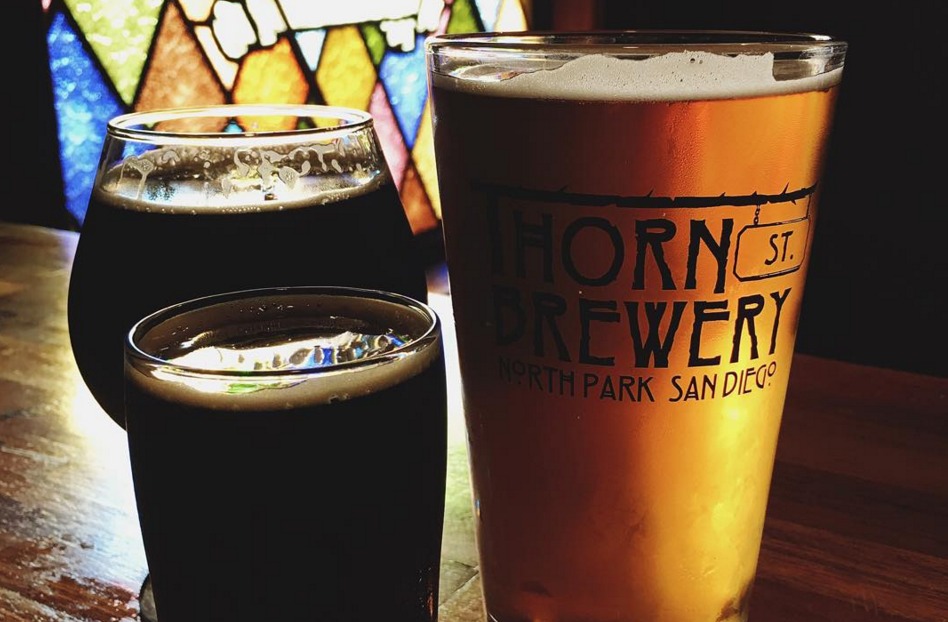Here at Thorn Street Brewery, we are often asked about the differences between stouts and porters. While the answer is relatively simple, the history of how porters became stouts is much more complex.
To start things off, all stouts are porters, but not all porters are stouts. Let’s take it back to the late 18th century when the first mass produced beer , porter, was born in London. At the time, London was in the middle of the Industrial Revolution and being that there was a big enough population of beer drinkers in the city, it was able to sustain industrial sized breweries with the new technologies. The brown ale that was being produced at the time began being influenced by the tastes of porters, seamen and dock workers, and they preferred a mix between the three main styles at the time: old ale which was stale or soured, new ale which was brown or pale ale and weak ale, often referred to as mild ale. This robust blend was the world’s first porter, and was named after the people who loved to drink it.
Stouts came about because beer drinkers began wanting stronger porters which were often referred to as stout porters. Here’s what’s interesting though, porters all but disappeared during WWI (1914-1918) while stouts survived. The British government was worried about alcohol consumption during the war so they passed a bunch of laws making beer harder to get, more costly and also more watered down. ABV took a serious nose-dive during the war with porters going from about 5% ABV to just under 3% ABV. Stouts got the same watered-down treatment, but because they started out at a higher ABV, they only ended up falling to about 5%, or what porters were pre-war. Soon people were drinking stouts more and more with the only people still drinking porters being an older generations who enjoyed the lower overall ABV. Stouts continued in popularity while porters completely died out until the 1970s when home brewers in both England and the United States began toying with the forgotten beer style and unsurprisingly added their own creative twists to the brew.
Today if you ask brewers what the difference between the two styles of beer is, you might get a few different answers. It’s generally accepted that stouts are often darker than porters and tend to make use of roasted barley. But there is also a lot of overlap between the two styles. Here at Thorn Street Brewery, we offer both porters and stouts and although they are both dark in color, they have distinct flavor profiles. Castaway Coconut Porter is an American style porter infused with toasted organic coconut. The malt flavors of dark caramel, chocolate and coffee blend withe the coconut for a slightly sweet, robust flavor. Our Santo’s Coffee Stout is an oatmeal stout that is brewed with roasted coffee beans from Santo’s coffee, across the street from our brewery. This robust beer uses the notes from the coffee to play off the dark caramel and chocolate malt used in the brewing process. Interestingly enough, although stouts in the 17th/18th century were the stronger brothers to porters, our porter is stronger than our stout, clocking in at 8.3% vs. our stout’s, 6.1%.
Next time you are in, grab a taster of both and see how different, or similar you think the two styles are.



